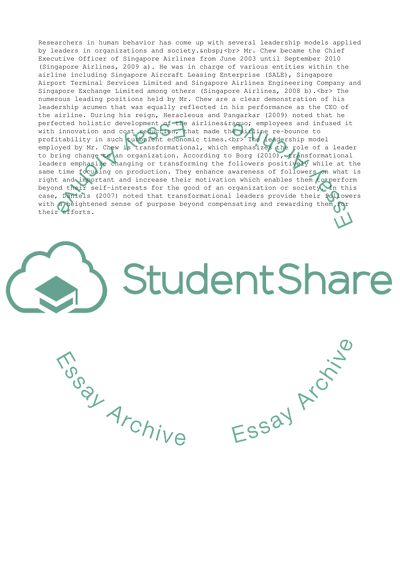Cite this document
(Leadership Analysis of Chew Choon Seng, Former CEO of Singapore Research Paper, n.d.)
Leadership Analysis of Chew Choon Seng, Former CEO of Singapore Research Paper. Retrieved from https://studentshare.org/management/1745427-people-organisations-and-society-leadership
Leadership Analysis of Chew Choon Seng, Former CEO of Singapore Research Paper. Retrieved from https://studentshare.org/management/1745427-people-organisations-and-society-leadership
(Leadership Analysis of Chew Choon Seng, Former CEO of Singapore Research Paper)
Leadership Analysis of Chew Choon Seng, Former CEO of Singapore Research Paper. https://studentshare.org/management/1745427-people-organisations-and-society-leadership.
Leadership Analysis of Chew Choon Seng, Former CEO of Singapore Research Paper. https://studentshare.org/management/1745427-people-organisations-and-society-leadership.
“Leadership Analysis of Chew Choon Seng, Former CEO of Singapore Research Paper”, n.d. https://studentshare.org/management/1745427-people-organisations-and-society-leadership.


